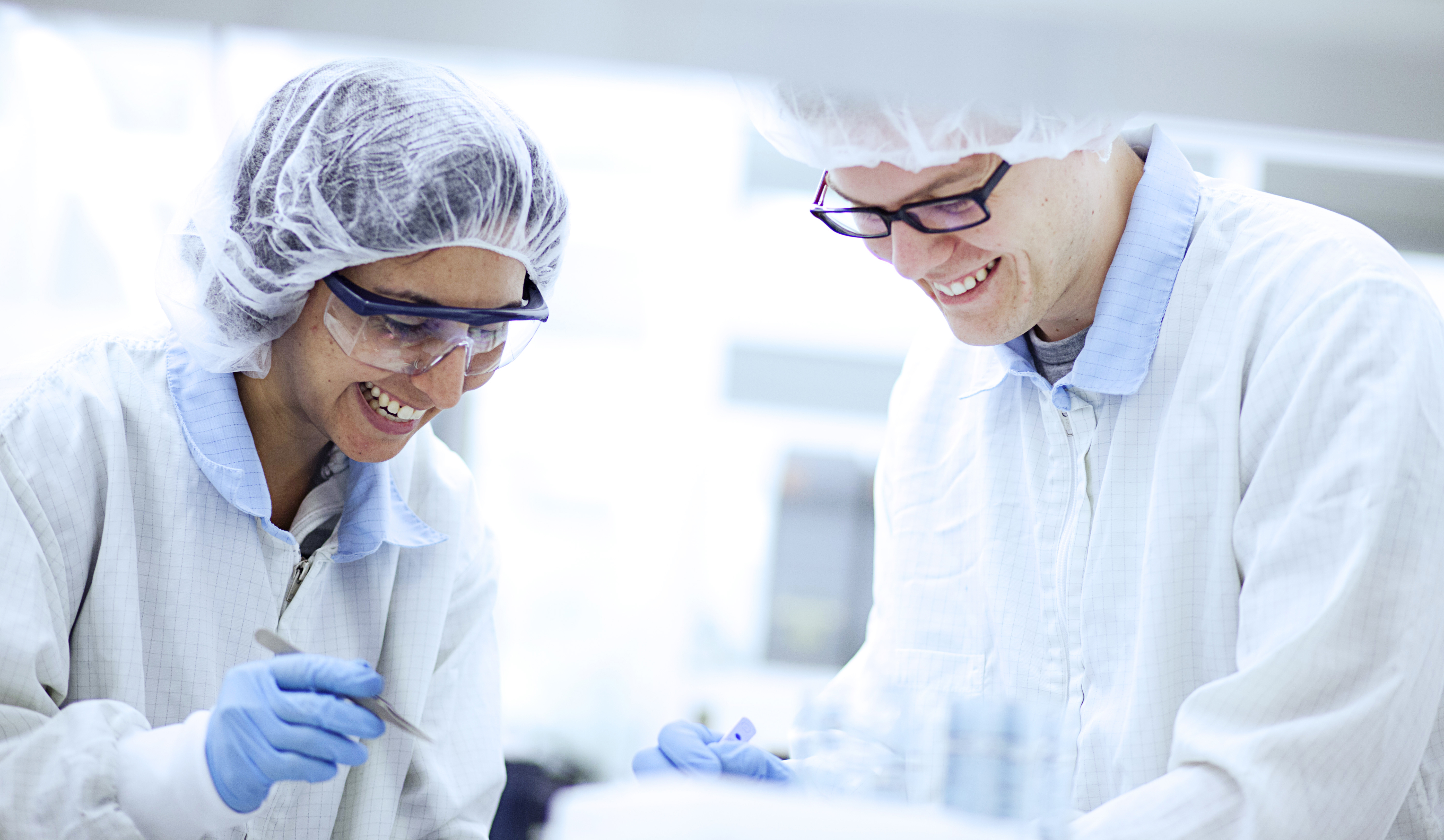In bioelectronics, organic electronics convert the body's chemical signals into traditional electronic signals or signals that can be read in mobile phones. The role of conjugated polymers as a tool for the early diagnosis of diseases is also being studied.
Organic solar cells is another important research area with world leading results.
The Laboratory of Organic Electronics at LiU has an advanced cleanroom and there are printing machines in the nearby Printed Electronics Arena.
Together with colleagues in other universities, researchers in bioelectronics run networks and a company called OBOE IPR, which manages patents and other rights in the area.

